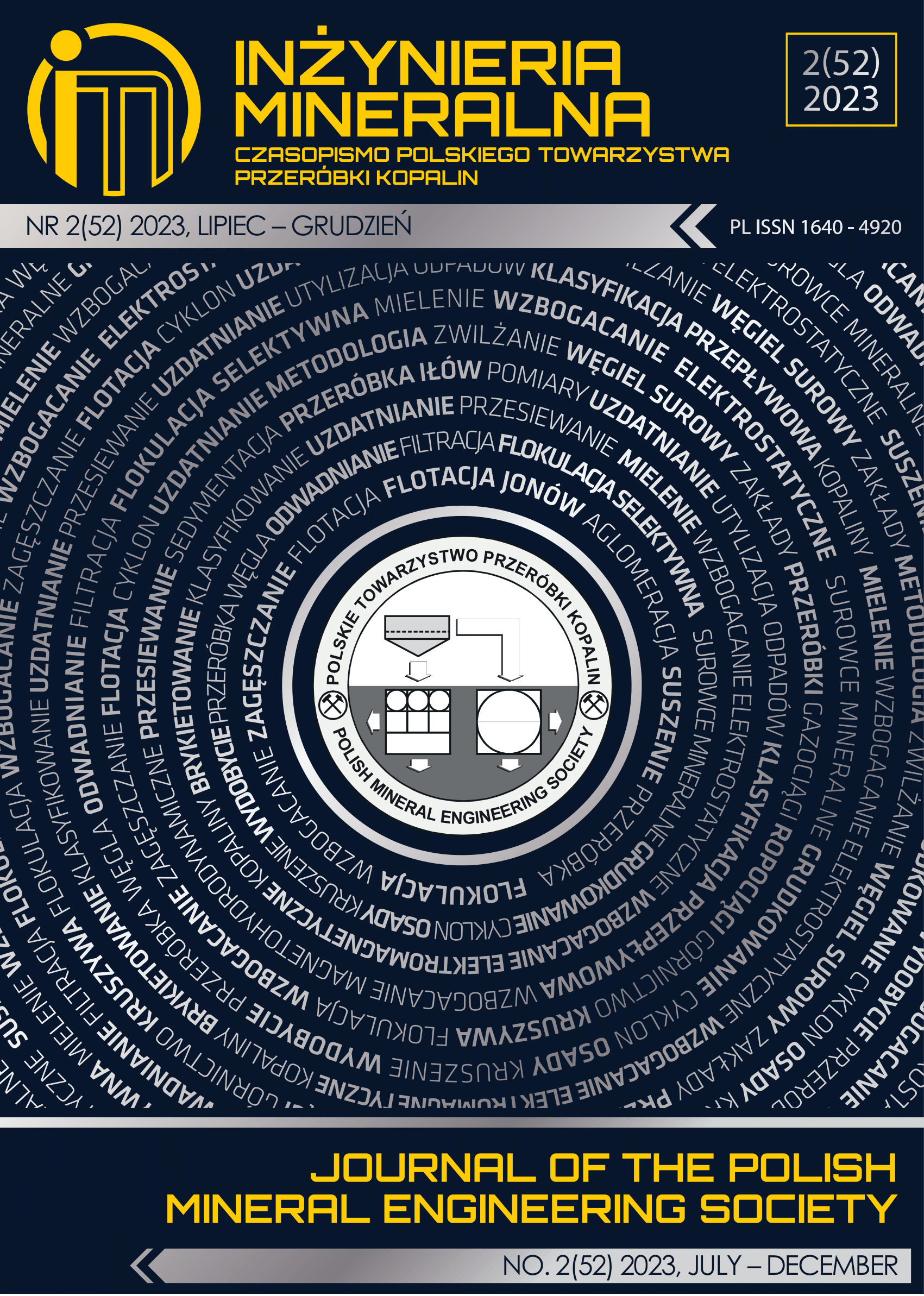Prediction of Tunnel Cross-Sectional Area After Blastin
Abstract
In this paper, two methods to predict and calculate the area of the tunnel face after the blasting were used. The first one is an artificial
intelligence method using an artificial neural network system (ANN) model, and the second one – the support vector regression (SVR).
After building predictive models for the area of the tunnel face after blasting by both methods, on the basis of comparing the results
obtained in both methods, the performance of these models was assessed through the root mean square error RMSE and the coefficient
of determination R2. RMSE and R2 values of the artificial neural network system (ANN) model were obtained as 0.1473 and 0.903 in
training datasets, respectively. These values are 0.1497 and 0.9107 in testing datasets. In the SRV model, RMSE and R2 were equaled
to 0.1228 and 0.9331 in training datasets, respectively. These values are 0.1708 and 0.9055, respectively in testing datasets. It can be
concluded that artificial intelligence using ANN and SVM models can be used to predict the area of the tunnel face after blasting with
high accuracy.
Copyright (c) 2023 Chi Thanh NGUYEN,Nghia Viet NGUYEN

This work is licensed under a Creative Commons Attribution-ShareAlike 4.0 International License.
This journal permits and encourages authors to post items submitted to the journal on personal websites or institutional repositories both prior to and after publication, while providing bibliographic details that credit, if applicable, its publication in this journal.







.png)
